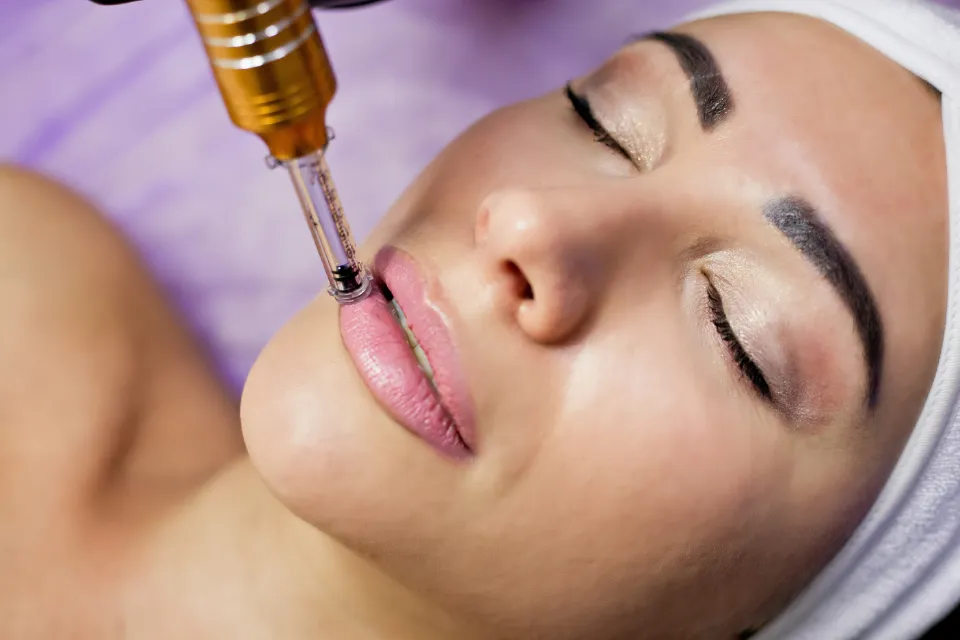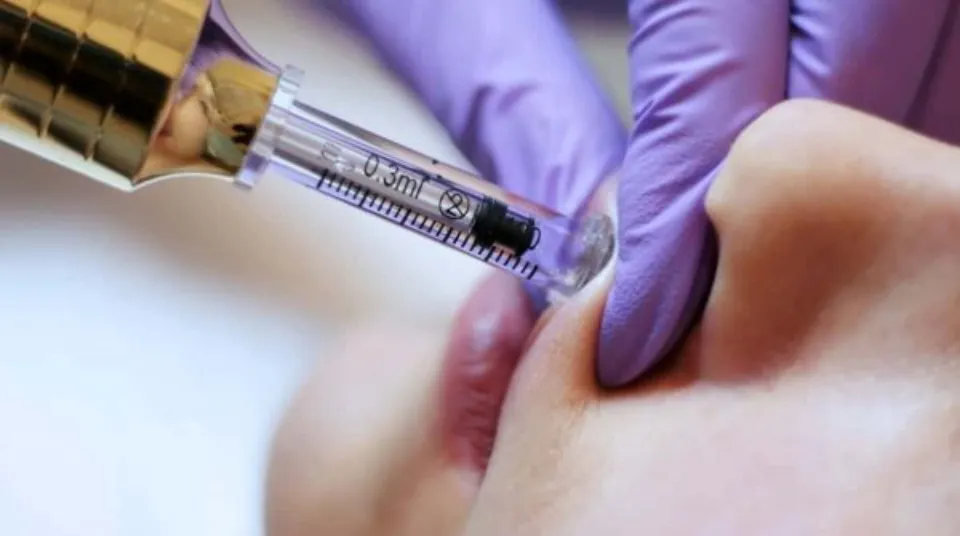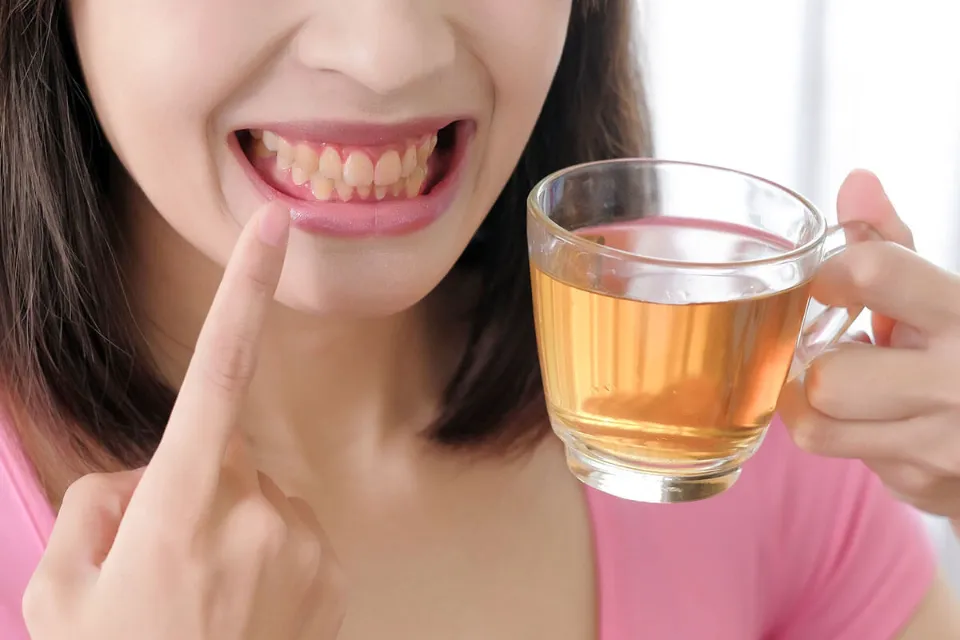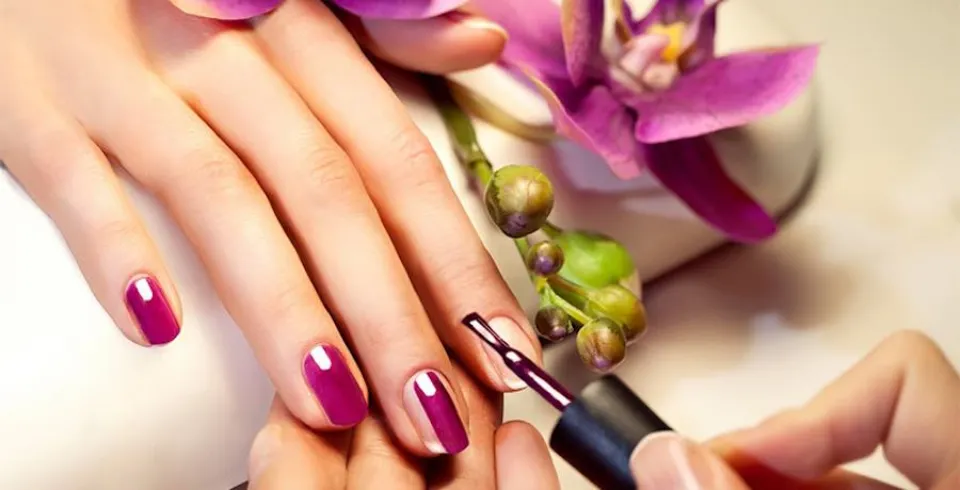One of the most recent ways to get the pout you want without a needle injection is needle-free injection, which is made possible by the continued advancement of technology among medical professionals. Do you know what is needleless lip filler?
A needle-free filler uses pressure instead of a needle to inject the filler.
Learn how the costs, outcomes, and durability of injectable versus needleless lip filler compare.
What is Needleless Lip Filler?
Needleless lip filler, also called needle-free filler, is an injection method for dermal fillers that uses a handheld device to deliver the product into your skin.
These devices flow filler into the lips by penetrating the skin with extremely pressurized air rather than a needle.
Also Read: Lip Fillers Vs Botox
Traditional Fillers Vs. Needleless Fillers
Injectable fillers, also called dermal fillers, are an FDA-approved medical procedure used to give lips a gorgeous, full pout.
Hyaluronic Acid (HA), a protein substance produced naturally by the body and able to hold 1,000 times its weight in water, is the main ingredient in both conventional and needleless lip fillers. Since it helps to keep your skin feeling hydrated and looking young, think of HA as the body’s natural moisturizer and lubricant.

Whether you receive HA fillers with or without a needle, the end goal is to increase volume to the area treated. However, there are some significant distinctions between the two filler delivery methods.
These are the most significant differences between the Hyaluron Pen vs. traditional needle lip injections.
- Fillers without needles cost less money.
- A high-end needleless filler tool is very accurate.
- The Hyaluron Pen is less painful and more comfortable, both during and after treatment
- Needleless fillers are associated with fewer typical side effects, like swelling and bruising
- The Hyaluron Pen is a lower-risk alternative to lip fillers in the hands of a skilled professional because there is almost no chance of infection or occlusion.
- There is no possibility of an allergic reaction because HA for needle-free fillers does not require lidocaine to numb pain.
Read More: Does Lip Filler Hurt?
Hyaluron Pens Side Effects
Medical experts has advised that the use of Hyaluron Pens for dermal fillers may pose health risks. According to medical experts:
Potential side effects include:
- Inflammatory skin reactions
- Abscesses
- Staining of skin
Additional risks, include:
- Bacterial and fungal infection due to contamination during filling
- Spreading of transmissible diseases due to cross-contamination between users
- Damage to skin, eyes or blood vessels due to excessive pressure or operator error
How Long Does Needleless Lip Filler Last?
Up to two to four weeks are the typical results’ lifespan.
Mind you, the results are short-term compared to HA lip filler injectables which last up to 6-8 months depending on the product used.
Conclusion: What is Needleless Lip Filler
Needleless Lip Fillers procedures are simple and easy, and can be used in combination with other injectables or lip augmentation treatments over the course of multiple treatments.
Though needleless lip fillers like the Hyaluron pen can be effective for those interested in trying lip augmentation without the use of needles deep within the dermis, a hyaluron pen uses pressure to inject hyaluronic acid into the skin, which can lead to harmful side effects such as blocked blood vessels and irritation when the The hyaluron pen is in the wrong hands.
Remember to speak with your doctor first if you’re considering trying needleless lip filler!
Read More: How Much Does Lip Filler Cost?
FAQs
How Does Needleless Lip Filler Work?
The skin’s epidermal and upper dermal layers receive filler made of hyaluronic acid from the device.
Are Needleless Lip Fillers Safe?
Non-needle fillers have the potential to seriously harm people.
How Long Does Needleless Lip Filler Last?
Results typically only last up to 2-4 weeks. Be aware that the results are transient in comparison to HA lip filler injectables, which can last up to 6-8 months, depending on the product used.




